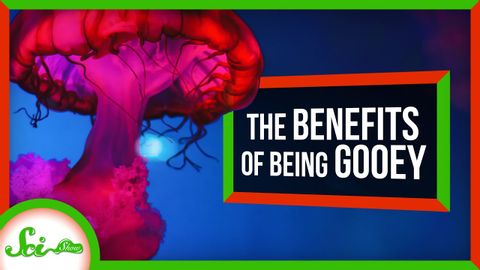ベトベトした生き物が私たちを長生きさせるかもしれない理由 (Why Gooey Creatures Might Outlast Us All)
林宜悉 が 2021 年 01 月 14 日 に投稿  この条件に一致する単語はありません
この条件に一致する単語はありませんUS /ˈɛpɪˌsod/
・
UK /'epɪsəʊd/
- n. (c./u.)集まり;仲間
- v.t.まとまる
- v.t./i.束ねられる
US /ɪk'strimlɪ/
・
UK /ɪkˈstri:mli/
US /ɪn'gedʒ/
・
UK /ɪn'ɡeɪdʒ/
- v.t.武力によって衝突する;雇用する;人の興味を引く;従事する;かみ合う;約束する
エネルギーを使用
すべての単語を解除
発音・解説・フィルター機能を解除

